The British Museum holds a major collection of more than 1,000 South Indian paintings. Ranging from the eighteenth to the early twentieth century, they represent a wide variety of themes and techniques, but only a very few examples have ever been published before. Here the collection is catalogued in full for the first time, and 250 of the most significant woks are reproduced in all their vibrant colour.
The introduction summarizes political and artistic developments in the subcontinent between 1500 A.D. and 1900 A.D., with a brief survey of South Indian painting from the medieval period onwards. The works are catalogued according to subject — Hindu mythology; castes, trades and occupations; natural history drawings; painted narratives — and the support on which they were executed (paper, mica, leather, cloth or wood). Each section begins with a short discussion of essential stylistic and iconographic features, ensuring the book is accessible not only to scholars but also to students and enthusiasts of all aspects of South Asian art and culture.
Among the many highlights are several albums, including a set of sixty paintings depicting Hindu mythology, dating from the early decades of the nineteenth century. More unusual are the long painted scrolls from Andhra illustrating local mythological narratives, the painted cloths from Tamil Nadu depicting scenes from the Ramayana and Mahabharata, and paintings on paper used by the storytellers of the region at the border between Karnataka and Andhra Pradesh.
A technical study of a pair of exceptional 'Company School' paintings is included as an appendix. Also provided for reference are two maps, a glossary, selected bibliography, concordance and several indexes.

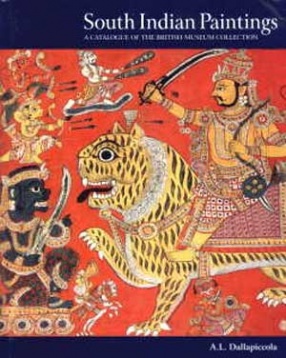
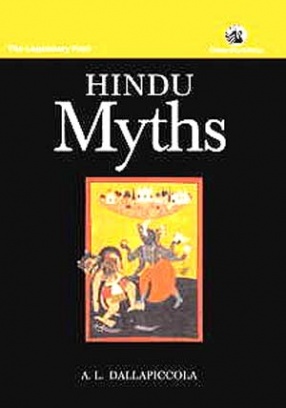
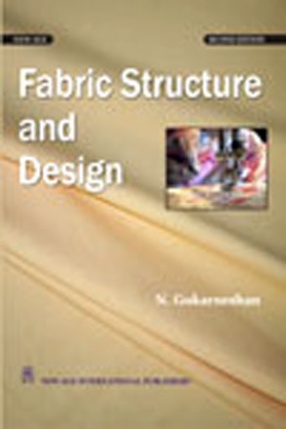
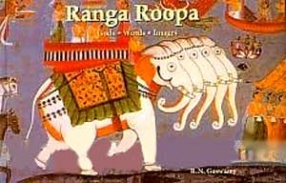
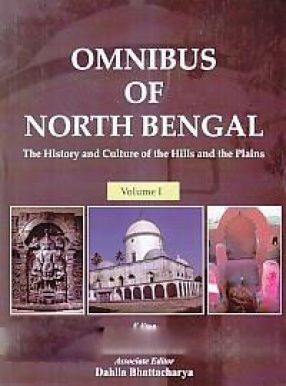
There are no reviews yet.